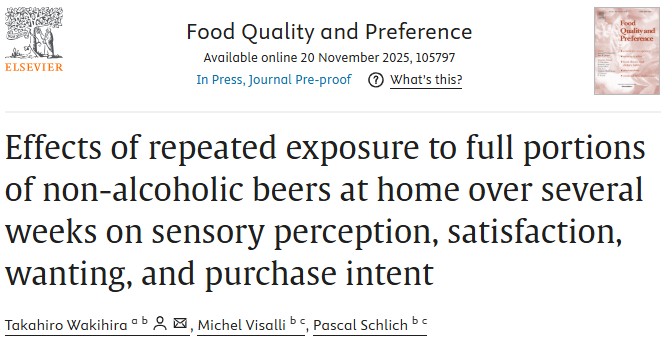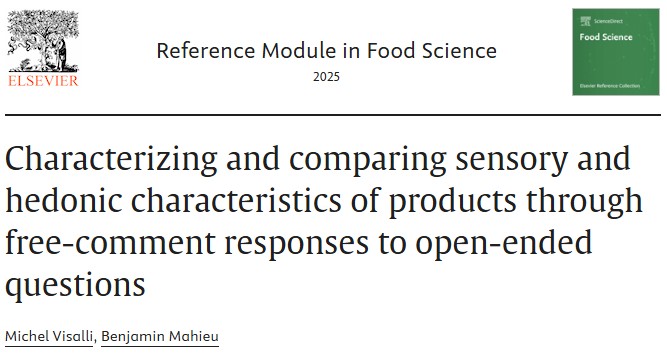Evaluation sensorielle des bières avec et sans alcool
Takahiro Wakihira, ingénieur de la société Asahi, leader de la bière au Japon, a poursuivi un travail de doctorat sous la direction de ChemoSens pendant 2 ans. Le sujet porte sur la méthodologie d’évaluation sensorielle de boissons alcoolisées ou non par des consommateurs à domicile, mais aussi sur l’acceptabilité des bières sans alcool. Tous les études consommateurs ont été réalisées au Japon et ont donné lieu à 5 publications dans Food Quality and Preference dont voici la dernière : https://doi.org/10.1016/j.foodqual.2025.105797
















